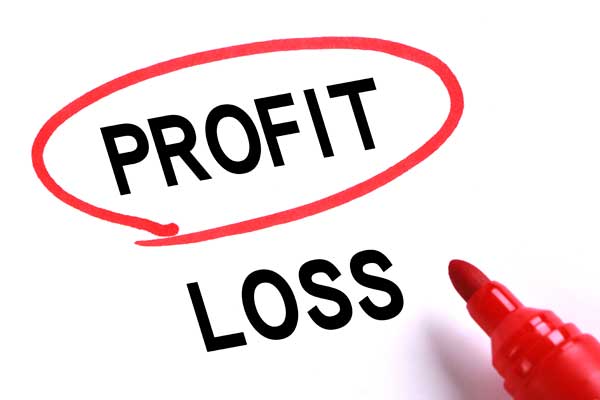What’s the Best Data for Profitable Inventory Decisions?

Article Highlights:
- Market data and sales data can't stand alone... they need each other!
- "You are missing 50% or more of the inventory picture."
I was visiting a Ford dealership about a year ago when I found a great example of what’s wrong with the “market-based pricing” models most inventory software tools are built on in today’s market.
I was talking to the used car sales manager about how he chose inventory for his store.
“It’s pretty simple,” he said. “I just look at what’s selling in my area and try to stock whatever’s been moving.”
He had a used vehicle software tool that showed him market data – the vehicles selling locally and how much they were selling for.
What he said next was telling:
“You know,” he said, “This software keeps telling me to stock Lexus sport utilities, because they consistently sell well at other dealerships in this area. But every time I stock them, I can’t sell a single one. They just sit on my lot for months.”
Market-based Pricing Doesn’t Work On It’s Own
If you’ve ever spent any time at all in used vehicles, you know the problem he’s talking about.
You have hard data that a specific make and model is selling in your area. But when you stock that vehicle at your store, it grows roots on your lot.
Why does this happen? Why do you lose money on vehicles your inventory software predicted would be profitable for you?
The answer: when you rely solely on market-based pricing (as most inventory software systems do), you’re missing 50% or more of the inventory picture.
If you’re not also factoring in what vehicles have been selling at your specific dealership, your “sales history,” it’s likely you’re not always making the best inventory choices for your store.
Let’s look at both market-based pricing and historical pricing at your specific dealership, along with how they can work together to help you make better inventory and pricing decisions over all.
Market Data:
Market data tells you what’s going on outside your four walls and lot. It gives you invaluable information about what your competitors are selling and what vehicles buyers are flocking towards.
It’s important because it helps dealerships stay in the game. You can spot trends happening around you and apply them to your own dealership to make sure you either avoid trouble or reap the benefits along with your competition.
Market data can’t stand alone though. Many dealerships experience the same problem as the Ford dealership I visited. Just because something is hot in the market doesn’t mean it will sell at your dealership. This is why you need to know your sales history.
Sales History:
Sales data, on the other hand, comes from within your dealership. It gives you insight into the buying patterns of your actual consumers, the people who walk on to your lot and then drive away with a purchase.
It’s important because it gives you insight on how specific vehicles performed on your lot in the past. This can help you continue to stock profitable vehicles or avoid making the same mistake twice.
Sales history data does not work well alone either. What if it’s a new model you’ve never had on your lot? You won’t have sales data to determine if you should stock it, but maybe there’s market data to help make that decision.
The Perfect Combination:
The perfect combination is both market data and sales data. You have to know all the facts before you can make the decision to purchase a vehicle and try to sell it on your lot.
Market data lets you know what the general buying population is looking for. Then, looking at your sales data will help determine if that vehicle is a good fit for your dealership and your specific customer base.
Conclusion:
Market data and sales data complement each other, help fill in the gaps, and create the best possible game plan for every vehicle. Ultimately though, the decision to stock a vehicle is yours to make. This is just additional information to help you make the most profitable decision. And what works for your competitor may not always be what works for you.
Keep this in mind the next time you think about your inventory. Do you have all the information you need to make the decision, or are there some gaps you need help filling?
Related Articles:

Leading The Way: 3 Tips to Help Your Team Find Quality Prospects
Customers have unlimited options in today’s market, so it’s important your team makes the most of every interaction. Failure to do so jeopardizes long-term customer…

Three Things Baseball Can Remind Us About Funding a Deal
As we head into summer, there are many things to look forward to, like children laughing in the park and ice cream trucks spreading familiar…

Understanding the FTC’s Enforcement Tools and How You Can Create Your…
The Federal Trade Commission (FTC) has intensified its focus on dealerships and is attempting to add new regulatory practices to their already robust arsenal. If…

Is your sales team staying in tune?
Everybody enjoys a good musical performance. The singer producing an amazing melody on the microphone and the band backing them up with their instruments. The…















